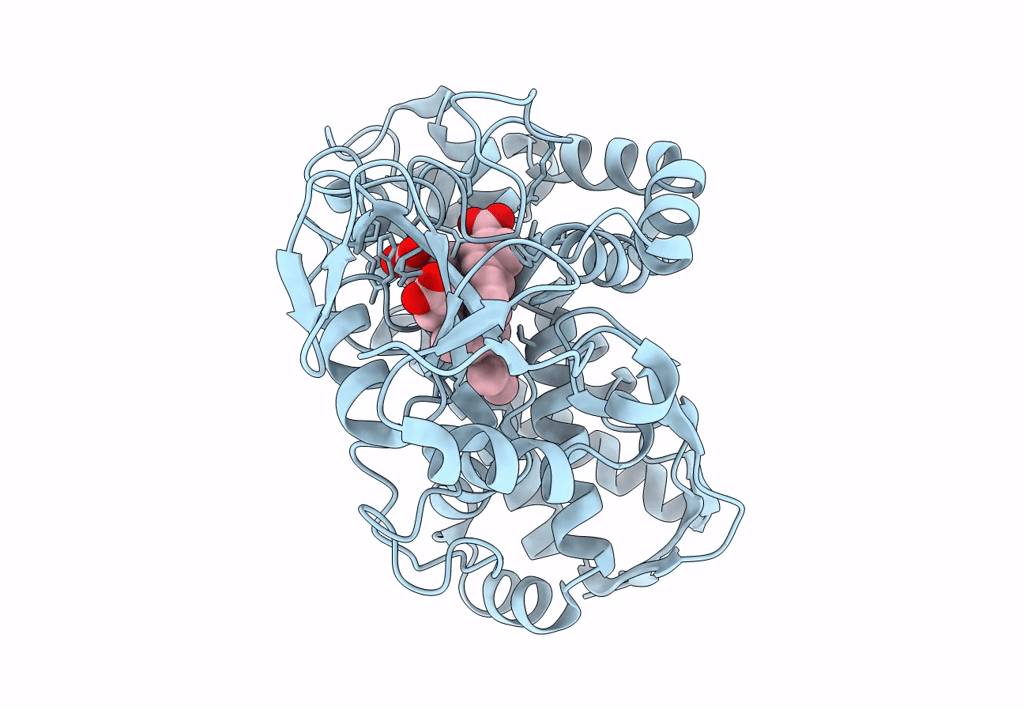
Deposition Date
2022-01-21
Release Date
2023-01-04
Last Version Date
2023-10-25
Entry Detail
PDB ID:
7TNU
Keywords:
Title:
The crystal structure of F298V CYP199A4 bound to 4-cyclohexylbenzoic acid
Biological Source:
Source Organism:
Rhodopseudomonas palustris HaA2 (Taxon ID: 316058)
Host Organism:
Method Details:
Experimental Method:
Resolution:
1.58 Å
R-Value Free:
0.21
R-Value Work:
0.17
R-Value Observed:
0.18
Space Group:
P 1 21 1


